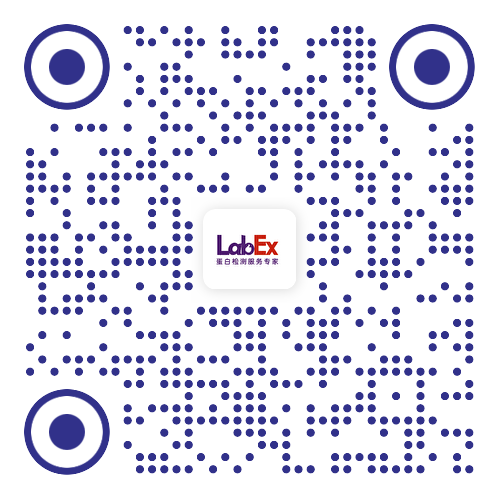Detection of putative autoantibodies in systemic lupus erythematous using a novel native-conformation protein microarray platform
Autoantibody; high-throughput; lupus; microarrays; proteins.- Lupus
- 1.9
- 2020 Dec;29(14):1948-1954.
- Human
- Sengenics
- 免疫/内分泌
- 免疫/内分泌
- 红斑狼疮
- doi: 10.1177/0961203320959696.
相关货号
LX-OME-SV1-001 LX-OME-SV2-001
Abstract
Objective:Conventional immunoassays detect autoantibodies related to systemic lupus erythematosus (SLE) via recognition of epitopes on autoantigens expressed in their denatured rather than native conformational state, casting difficulty in evaluating the genuine pathogenicity of the autoantibodies. We aimed to use a novel high-throughput protein microarray platform to identify autoantibodies against native autoantigens in SLE sera. Methods:Sera from SLE patients and those of gender-, age-, and ethnicity-matched healthy controls (HC) were screened against more than 1,600 immune-related antigens of native conformation. The relative fluorescent unit readout from post-assay imaging were subjected to bioinformatics pre-processing and composite normalization. A penetrance fold change (pFC) analysis between SLE and HC samples shortlisted 50 autoantigens that were subjected to an unsupervised cluster analysis. Correlations between the pFC of putative autoantigens and clinical parameters including SLE disease activity index (SLEDAI-2K) and recent SLE flares were explored. Results:381 autoantigens were identified when 15 SLE and 15 HC serum samples were compared. The top 20 autoantigens which elicited autoantibody responses in SLE sera filtered based on the highest pFC were further analyzed. Autoantigens which the putative autoantibodies reacted against are those involved in chromatin organization such as DEK, regulation of transcription activity including REOX4 and ELF4, and negative regulation of NFkB activity such as TRIB3. Additionally, the pFC of these autoantibodies significantly and positively correlated with SLEDAI-2K and recent SLE flares. Conclusion:A high-throughput protein microarray platform allows detection and quantification of putative lupus-related autoantibodies which are of potential pathophysiological and prognostic significance in SLE patients.Keywords:Autoantibody; high-throughput; lupus; microarrays; proteins.
金课堂之文献解析 文献原文请点击
本网站销售的所有产品及服务均不得用于人类或动物之临床诊断或治疗,仅可用于工业或者科研等非医疗目的。











 沪公网安备31011502400759号
沪公网安备31011502400759号
 营业执照(三证合一)
营业执照(三证合一)


